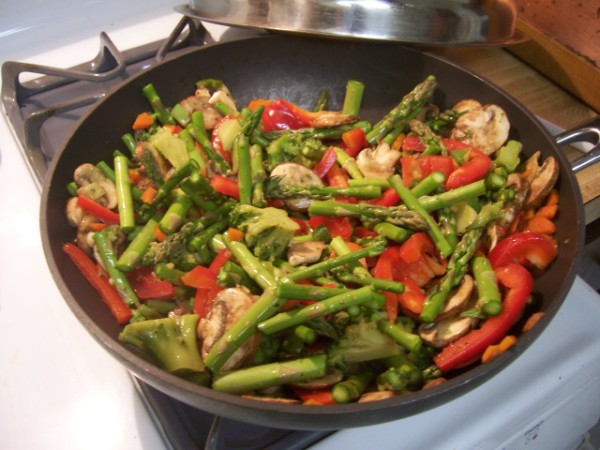 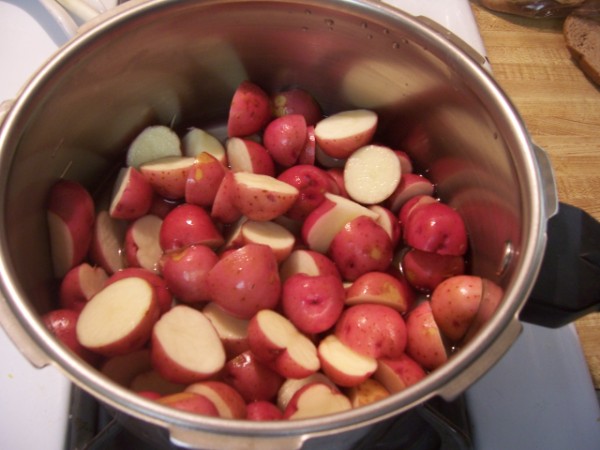 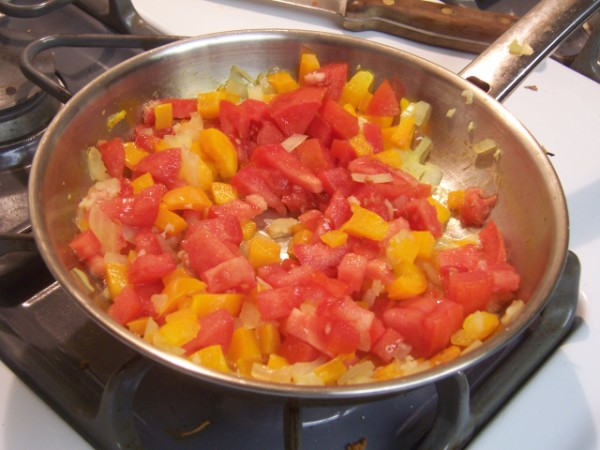 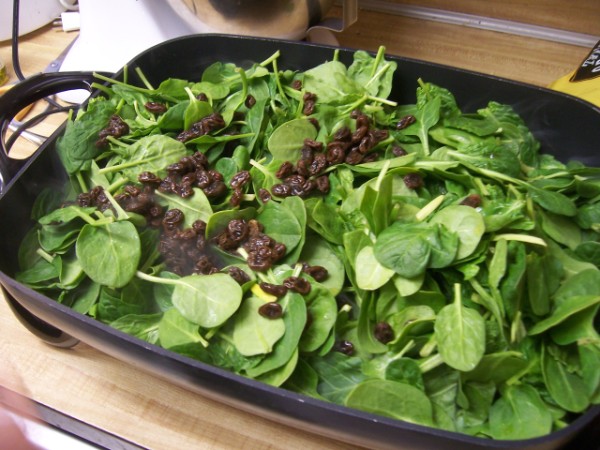 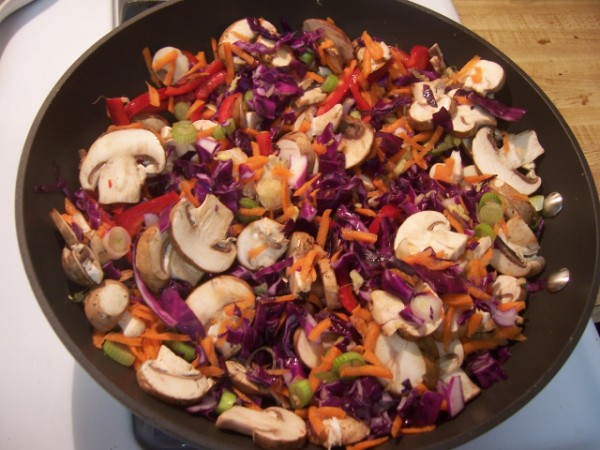 |
Subscribe to Our FREE Newsletter
Menus
Recipes
Podcasts
Videos
Articles
Products
Books
Ebooks
Resources
Workshops
About Us
The Joy of Pressure Cookers
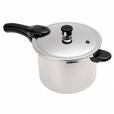 If I
could only keep one pot in my whole kitchen, without a doubt, I would
keep my pressure cooker. I
can’t imagine what it
would be like to prepare a whole meal without it.
It’s hard for me to believe that I was over 40 before I ever
even heard of pressure cookers. We owned our own large
produce market and the kindest old gentlemen in the world introduced me
to the wonders of pressure cooking. Mr. Pierce had purchased
some green peanuts from us, and had returned with a sample of his
recently “boiled peanuts”. Whether you
are a fan of boiled peanuts or not, suffice it to say that they were
the best boiled peanuts I have ever eaten. At my delightful
ravings, Mr. Pierce cheerfully shared his secret – the
pressure cooker. Not only did he educate me about pressure
cookers, but he returned once again with one of his pressure cookers
for me to try. I have been hooked ever since. There
are lots of reasons why I like my pressure cooker. Pressure
cookers cook food incredibly fast, they do not heat up my
If I
could only keep one pot in my whole kitchen, without a doubt, I would
keep my pressure cooker. I
can’t imagine what it
would be like to prepare a whole meal without it.
It’s hard for me to believe that I was over 40 before I ever
even heard of pressure cookers. We owned our own large
produce market and the kindest old gentlemen in the world introduced me
to the wonders of pressure cooking. Mr. Pierce had purchased
some green peanuts from us, and had returned with a sample of his
recently “boiled peanuts”. Whether you
are a fan of boiled peanuts or not, suffice it to say that they were
the best boiled peanuts I have ever eaten. At my delightful
ravings, Mr. Pierce cheerfully shared his secret – the
pressure cooker. Not only did he educate me about pressure
cookers, but he returned once again with one of his pressure cookers
for me to try. I have been hooked ever since. There
are lots of reasons why I like my pressure cooker. Pressure
cookers cook food incredibly fast, they do not heat up my
- Make sure you read and understand
the instructions provided with your pressure cooker. If you
buy a used one without directions included, contact the manufacturer to
obtain a copy of the directions.
- Do not over fill the pressure
cooker. Foods increase in volume while cooking under pressure
and in order to come to pressure, there must be some room between the
food and the lid. The general rule is to fill only 1/2 full
with food and 2/3 full of liquid. Most pressure cookers come
with lines stamped on the inside to aid in properly filling the cooker.
- Use a timer. Cooking
under pressure greatly decreases the amount of time needed to prepare
foods and timing becomes very important. Most foods will not
be harmed by cooking for an extra minute, but some foods will be
ruined. Buy and use a timer and relax.
- Keep your pressure cooker clean and
well maintained. Pressure cookers require the same cleaning
as other pots, put have a few extra areas to carefully
maintain. The gasket in the lid should be removed and cleaned
after each use. Allow it to air dry before
reinserting. The gasket should be replaced every year or
sooner if it becomes brittle or torn. The vent/valve area
should be carefully cleaned and inspected after each use. If
needed, scrub with a soapy toothbrush and in the jiggle-top cookers
insert an old-fashioned pipe-cleaner through the valve to ensure it is
free from any debris.
- Use fewer liquids than with
conventional cooking methods. Since the steam is trapped in a
pressure cooker, less liquid evaporates than with ordinary cookware.
- Adjust cooking times on the low
side. Since food cooks so quickly and intensely, an extra
minute may turn your ingredients from well done to mush. If
in doubt, release the pressure and check it out. Once the
food is hot, returning the cooker to high pressure and continuing
heating is very fast.
- Adjust your stovetop setting to maintain pressure without overheating. Once the pressure cooker comes up to pressure, lower the stove setting to the minimum level where pressure is maintained.
| "My
whole family loves
going to Nancy's house for dinner. There's always some new dish to try. We never knew "healthy" could taste so good and be so easy." - Mary D |
"Wisdom From the Kitchen" | Veg4Health.com Melbourne Florida


